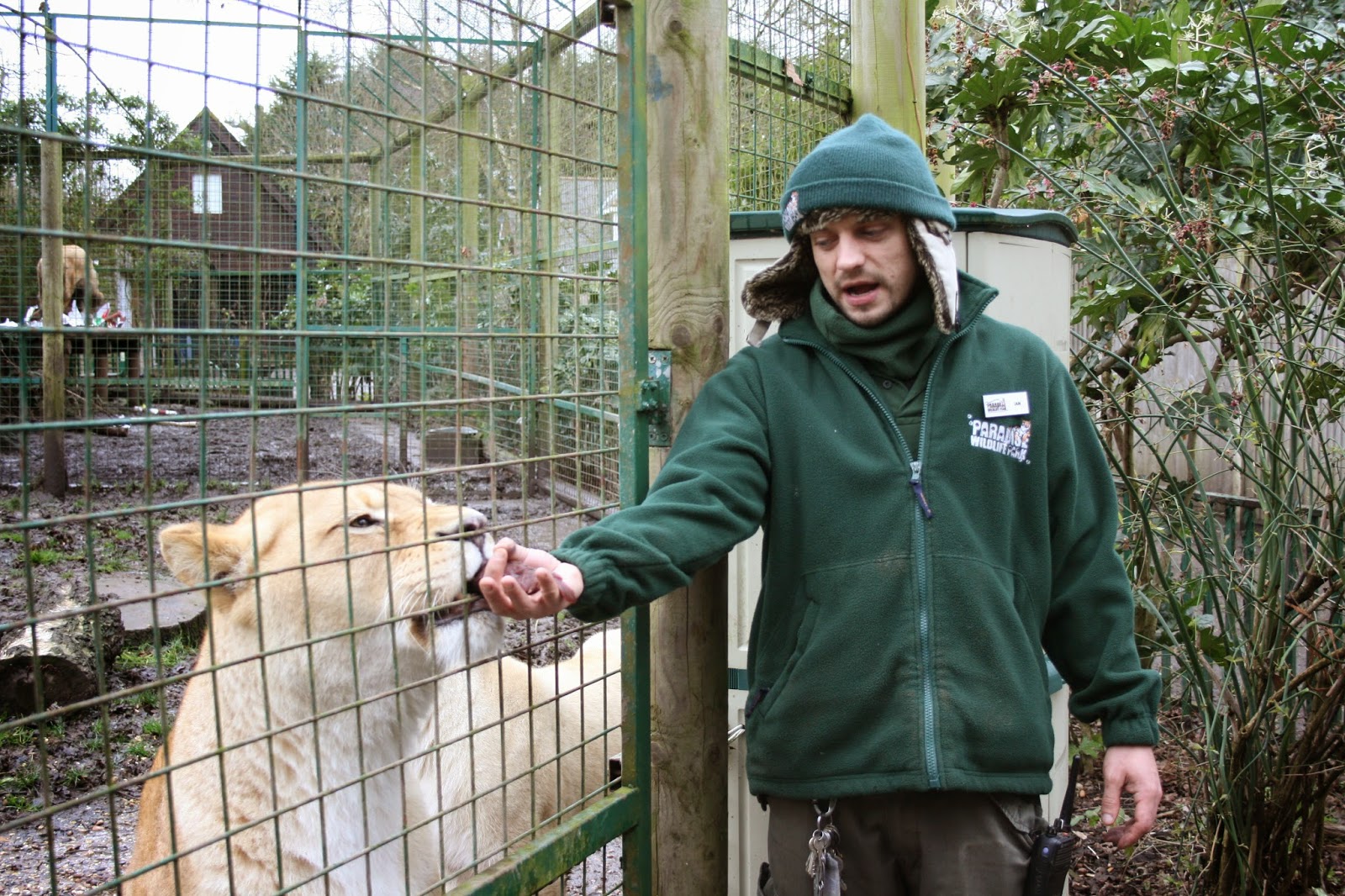What is the point of zoos?
The answer to this question can be broken down into four main areas, conservation, education, research and animal welfare.
 |
| The Amur Leopard - Only 45 left in the wild. |
Sadly, a species becomes extinct in the wild every twenty minutes, almost exclusively due to human activity through poaching and habitat loss. All wildlife is now under serious threat, with most wild populations of animals believed to be extinct within the next 50-100 years if nothing is done to save them.
Zoos play a vital role in the conservation of species in the wild. In fact, many animals would be completely extinct were it not for zoos as their populations and genetic material are protected within collections. In fact, these animals are so important, we refer to them as 'genetic lifeboats'. These specimens are kept as part of carefully controlled breeding programs where parents are carefully matched up to preserve the genetic diversity of the species for reintroduction into the wild at a later date.
Education:
Many of the animals in zoos will never be reintroduced to the wild and are not part of breeding programs to do so. But their role is equally as important as their breeding program cousins. This is because they help to educate the public about the need for conservation. They are ambassador animals that enable zoos to engage with the public, and to inspire them to change their behaviour for the better. Seeing the animals in real life and learning about them creates an emotional link to the plight of wildlife. Without this emotional connection, the general public would be far less inclined to choose environmentally safe products and services.
Research:
Zoos also fund many research projects for wildlife, both at home and in the wild. This knowledge is crucial in understanding the needs of the animals, their welfare, and what we need to do to protect them in the wild.
Many zoos wholly fund and operate their own research projects, which can sometimes last for many years. Smaller zoos donate towards larger projects or help with the projects run by other zoos. Without this research, the breeding programs would lack the necessary knowledge to make them successful, and we would be unable to track the decline in wild populations of species.
Fundraising:
There wouldn't be any point in breeding animals for reintroduction, if there wasn't anywhere for the animals to be reintroduced to. So a large part of the conservation work and fundraising that zoos do, is to fund habitat purchase through charities such as the World Land Trust. These charities are busy buying up as much rainforest and other vital habitat as they can afford.
It is within these protected pockets of habitat, that the reintroduced animals will have the best chance of survival. They also require ongoing support and monitoring to ensure that the reintroduction programs have the highest chance of success.
Questions and Answers:
 |
| Enrichment is essential to good care. |
Sadly no, but organisations such as the British and Irish Association of Zoos and Aquaria set standards for all zoos to follow. These standards mean that the zoos exist for the right purpose, to protect and conserve wildlife. Look for zoos with the BIAZA logo to know that you are supporting a good cause.
Couldn't the money that zoos cost to run be better spent on conservation?
Of course! But the money only exists in the first place because the public pay to visit zoos. The public would not simply give that money straight to conservation.
Aren't zoos cruel?
Good, accredited zoos are not cruel. Their animal enclosure sizes and animal welfare standards are very high, and everyone who works within those zoos put the well-being of the animals as the top priority.
Aren't zoos a thing of the past?
Quite the opposite. With the extinction of the majority of wildlife expected within the next 100 years, zoos will be the only future that animals have.
Aren't the animals used to being free in the wild?
No, all animals in captivity in the UK, and almost all animals in zoos around the world were born in captivity, and stretch back many generations. The animals in zoos are habituated to their surroundings.
Aren't the zoo owners getting rich at the animal's expense?
No, the majority of zoos in the UK are now charities, and those that aren't seldom operate at any substantial profit due to the high costs and levels of tax that they have to pay. You can find out more about that here.
BIAZA facts:
1. More than 23 million people visit BIAZA zoos every year, learning about conservation and contributing to the cause.
2. BIAZA members support over 1000 field conservation projects every year.
3. BIAZA members facilitated over 800 research projects each year, many measuring behaviour with the aim of improving animal welfare – you are helping us learn about helping wildlife
4. More than 1.3 million people come to BIAZA member organisations each year on an organised educational visit – visiting your local zoo is a fun way to learn about animals!
5. They contribute about £12 million a year to fi eld conservation.
6. BIAZA members contribute about £658 million to the national economy.
7. They create about 11,000 jobs. (directly and indirectly)
8. You can visit more than 2,000 di fferent species of animal!
9. By visiting your local zoo or aquarium you are doing a good thing by taking the time to appreciate our wildlife and hopefully being inspired to make a diff erence.
10. By visiting zoos you are helping to safeguard the future of vulnerable, threatened and endangered species.
We hope this article has helped you to understand why zoos exist. If you have any other questions, please put them below and we will be happy to answer them.


















